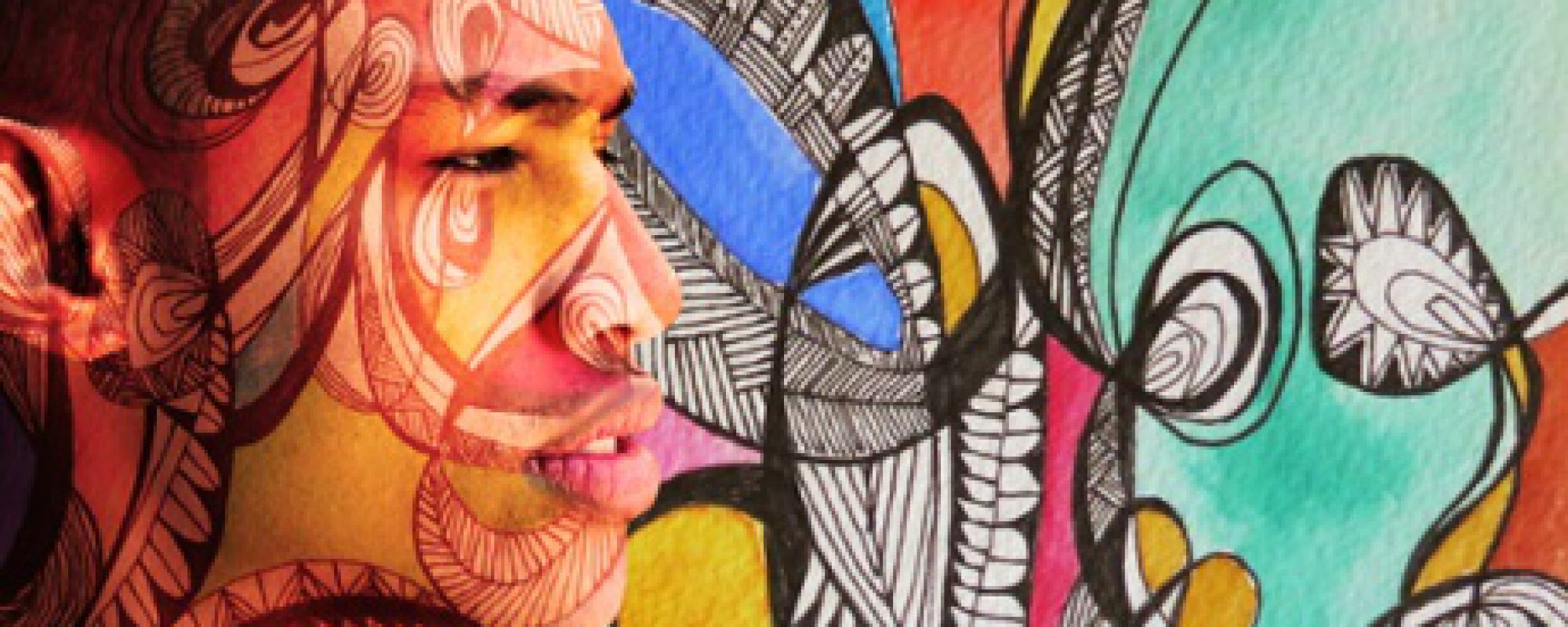Post #3
The 19th century French Philologist Ernest Renan, described the “nation” as a “large-scale solidarity, constituted by the feeling of the sacrifices that one has made in the past and of those that one is prepared to make in the future. In New Zealand, national rugby team, ahead of a match, perform its traditional Maori dance, called “Haka”. It is a sequence of food-stomping, tongue-wagging and violent gesticulation by deep, rhythmic chanting. In New Zealand, the haka is a ritual and performed at gatherings and celebrations. It build connection to generations of Maori ancestors that has endured despite invasion and colonization (Tharoor, 2015).

According to Zakaria (2009). When nationalism grows in the country, sub-nationalism is also growing. As power and belief become diversified and diffused ultimately it makes purposeful national action far more difficult (Zakaria, 2009.p 39).
Last March, the signing of the Trans-Pacific Partnership (TTP) in New Zealand caused the largest protests in recent years. The TTP is an agreement of 12 countries led by the U.S., aims to cement Washington’s control over the Asia-Pacific region’s economy and reduce China’s influence. The organizers of the anti-TPP protests, however, support New Zealand’s alliance with U.S. imperialism and its army against China. They include the opposition labor party call ‘The Greens’, the anti-immigrants New Zealand First, the two Maori nationalist parties, Mana and Maori party. These parities oppose the TPP because of fear it will weaken competitiveness of New Zealand business. Mana joined the New Zealand First in a xenophobic campaign toward Chinese immigrants and investors for New Zealand. The protest organizers encouraged Maori nationalism, pervasive form of identity politics for dividing working class along racial lines and shackle Maori workers to their ‘own’ capitalist class. To solve a problem against the TPP is a complete break with all forms of nationalism and identity politics including Maori nationalism which makes them to be divided workers and subordinate them to sections of the ruling class (peters, 2016).

In March 2014, Prime Minister John Key announced that the national flag no longer represented New Zealand. It is because the current flag evoked an older version of the nation when New Zealand was colonized. Key designer the new version of flag 70 percent of country were opposed to change. The reason politicians and artists have had low success with the idea of flag is the complicated relationship that New Zealanders have with nationalism. In New Zealand, until the 1970s, dominant culture were Britain, seeing itself as an agricultural hub. After decades, New Zealand began to develop its own distinct identity with immigrants from Pacific and Asian region, which become more multicultural. Expressions of nationalism are often drawn from the indigenous Maori cultures as a marker of uniqueness, but the purpose is to assimilate rather that to understand differences. Dissent over the flag change is due to the way it is seen as lacking of New Zealand’s authenticity. The debate has centered on the lack of designers on the panel deciding on the alternative flag, but it also exposes a deeper anxiety about what the real culture of New Zealand is.

According to Zakaria (2009). Growing inequality is the signature feature of the new era fueled by a triple force: the knowledge economy, information technology, and globalization (Zakaria, 2009. P 219). In New Zealand, 60 percent of all wealth were held by top 10 percent wealthy people while poorest 40 percent only own 3 percent of wealth in the country. The average household was worth $289,000, three in five households living in their own home with a median mortgage value of $172,000. According to Tertiary Education Union national secretary Sharn Riggs, student loans were contributing to growing inequality. Across ethnic groups, New Zealanders of European descent were the wealthiest, Asian New Zealanders were second wealthiest group, then Maori and poorest group is Pacific people (McCammon, 2016). According to Max Rashbrooke, if income gap keep grows, people cannot trust each other, they care about each other less and so they are less likely to extend a helping hand and feel like they have got something in common with everyone else. One of study by the OECD suggests rising inequality was responsible for wiping a third off New Zealand’s economic growth in the past 30 years. It estimated the rate of New Zealand’s GDP growth was stunted by as much as 15.5 percentage points between 1990 and 2010, more than any other OECD economy (Fyers, A & Kirk, S. 2015).
Reference
YouTube. (2006, October 30). The Haka – New Zealand VS Tonga [Video file]. Retrieved From
Tharoor, I. (2015, September 21). New Zealand’s haka is the world’s most perfect act of nationalism. The Washington Post. Retrieved from
Zakaria, F. (2009). The Post American World (Ed.). New York, NY 10110. W.W. Norton & Company, ICN.
Peters, T. (2016, March 10). New Zealand: Anti-TPP protests promote Maori nationalism. World Socialist Web Site. Retrieved from
https://www.wsws.org/en/articles/2016/03/10/nztp-m10.html
Fletcher, P. (2015, September 22). New Zealand’s flag and precarious nationalism. Aljazeera. Retrieved from.
McCammon, B. (2016, June 28). 10% richest Kiwis own 60% of NZ’s Wealth. Radionz. Retrieved from
http://www.radionz.co.nz/news/national/307458/10-percent-richest-kiwis-own-60-percent-of-nz’s-wealth
Fyers, A & Kirk, S. (2015, May 18). Income inequality : How NZ is one of the worst in the world. Stuff. Retrieved from
